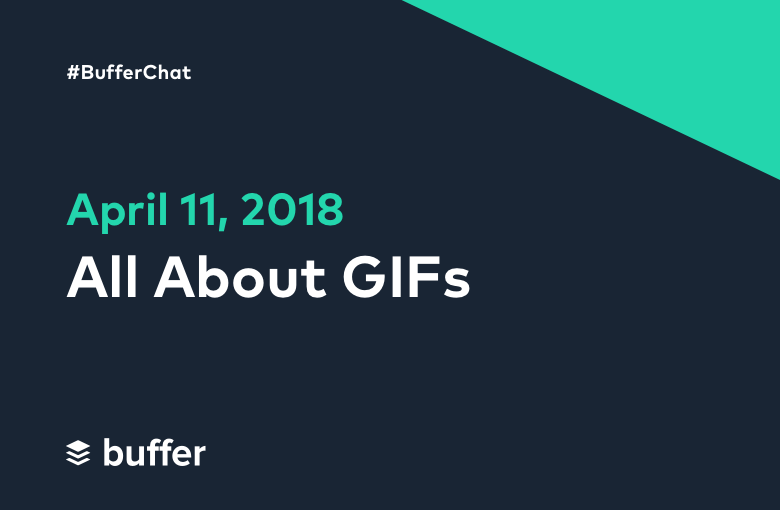32 Web Writing Tips for Better Blogging and Social Media Posts – Bufferchat Recap

Director of People @ Buffer
Content Crafter Kevan Lee joined us for #Bufferchat to talk about the unique nature of writing for the web.
Check out the full Storify recap here, and continue reading for 32 web writing tips from Kevan and the community about how to write successful blogposts, tweets, status updates, and more.
What makes writing for the web different than print?
“We have less time to grab attention on the web. Web writing is quicker, more succinct, right to the point.” @Kevanlee- “
- “
- “
Other participants mentioned the unique nature of instant feedback, creating small, bite-sized content, and considering line spacing and fonts in web content.
Best Practices: Blogging
“Write on Day One, edit on Day Two, publish on Day Three. (Translation: Give your blogposts time to simmer.)” @KevanLee- “
- “
- “
- “
- “
- “
#digital
day in age credibility is important.” @SeeSawMeBest Practices: Social Media Posts
- “
- “
- “
- “
When is it okay to break the “rules”?
“Challenge the rules as often as possible. Understand why they exist and if they’re best for you!” @KevanLee “Challenging the rules makes for a great opportunity to write about your learnings!” @KevanLee- “A
Crafting an eye-catching headline
“Great headlines are all about the individual words. Make each word count. Use as many as necessary.” @KevanLee “I’ve been writing 20-25 headlines per post, sending them around to teammates, seeing which are best!” @KevanLee- “
- “I’ve also used the free ’52 Headline Hacks’ by Jon Morrow. It really helps too. http://boostblogtraffic.com/headline-hacks/” @SocialMedChica
Importance of Images
- “
- “
- “
- “
- “
Final Advice
- “
- “
Real trumps Perfect everytime… Test, Tweak & Tweet! #BufferChat pic.twitter.com/YSVyJN0dsI
— Brian Fanzo (@iSocialFanz) August 20, 2014
Thank you to everyone who joined in this great chat!
Tune in every week on Wednesday at 9 am Pacific, noon Eastern for #bufferchat!
Image credits: getrefe, Pattern Library
Try Buffer for free
180,000+ creators, small businesses, and marketers use Buffer to grow their audiences every month.
Related Articles

This week on #bufferchat our community had a wonderful time chatting about and sharing some pretty amazing GIFs. Read on to discover all of the awesome insights shared during the chat! Catch our weekly Twitter chat, #bufferchat, at TWO times every Wednesday for valuable industry insights and to meet hundreds of other smart marketers and social media enthusiasts. Same topic, same place, just at different times – feel free to join whichever chat time works best for you! 4 pm AEST (Sydney time)

This week on #bufferchat our community chatted all about what it takes to make a superstar marketing team, everything from skills needed to favorite tools. Read on to discover all of the awesome insights shared during the chat! Catch our weekly Twitter chat, #bufferchat, at TWO times every Wednesday for valuable industry insights and to meet hundreds of other smart marketers and social media enthusiasts. Same topic, same place, just at different times – feel free to join whichever chat time wor

This week on #bufferchat our community chatted about the State of Remote Work, discussing what it’s like to be a remote worker in 2018. Read on to discover all of the awesome insights shared during the chat! Catch our weekly Twitter chat, #bufferchat, at TWO times every Wednesday for valuable industry insights and to meet hundreds of other smart marketers and social media enthusiasts. Same topic, same place, just at different times – feel free to join whichever chat time works best for you! 4